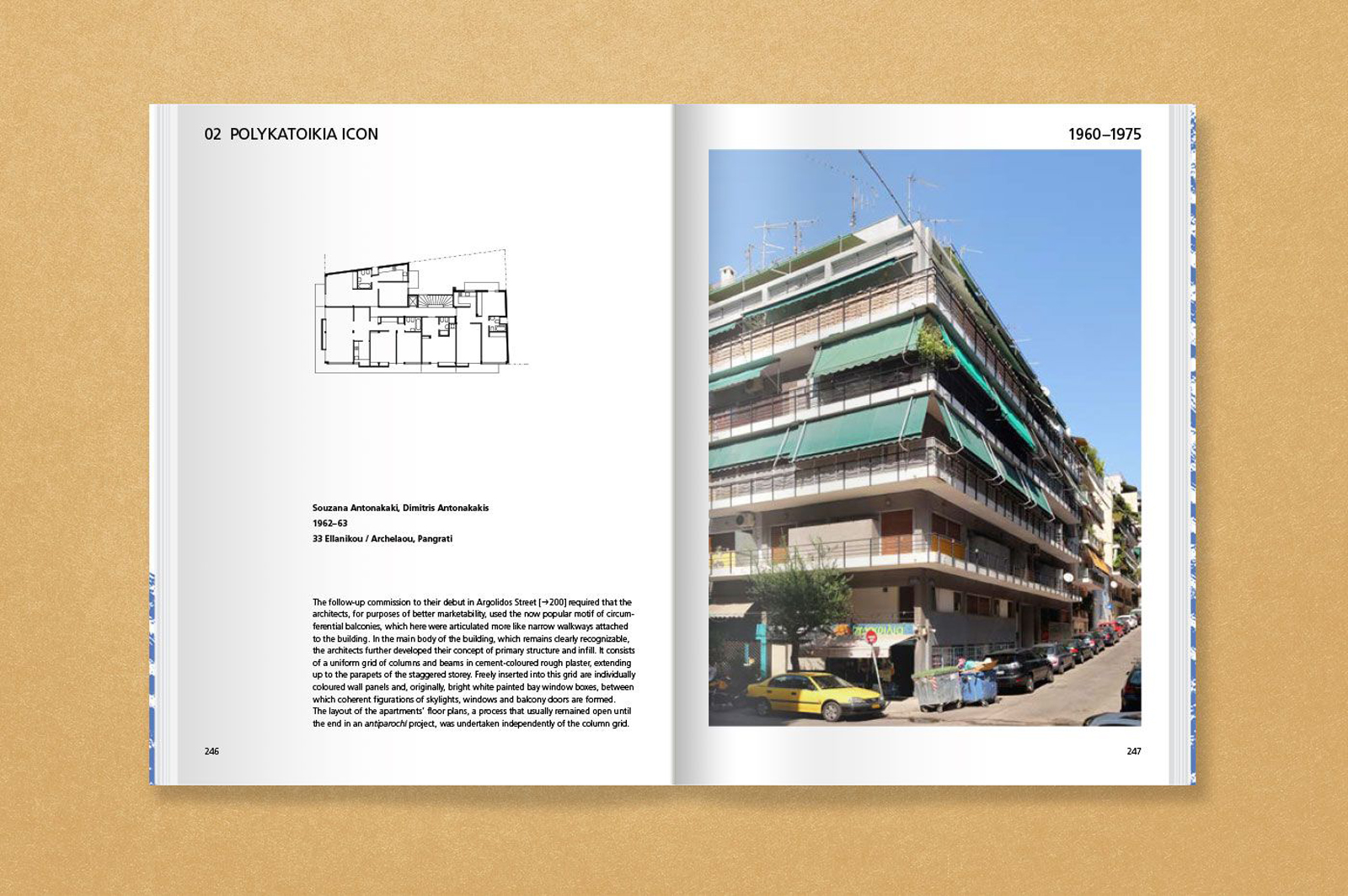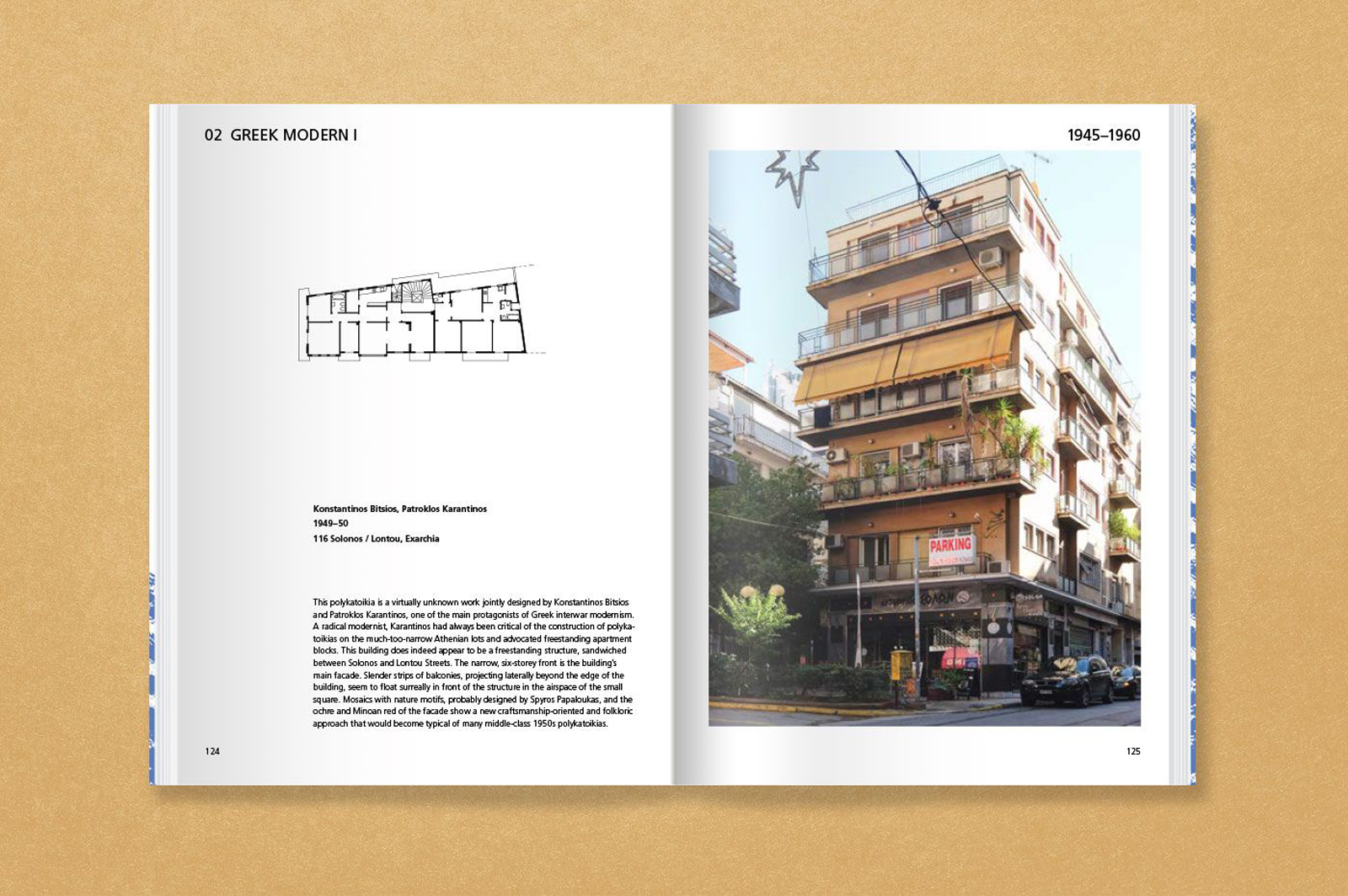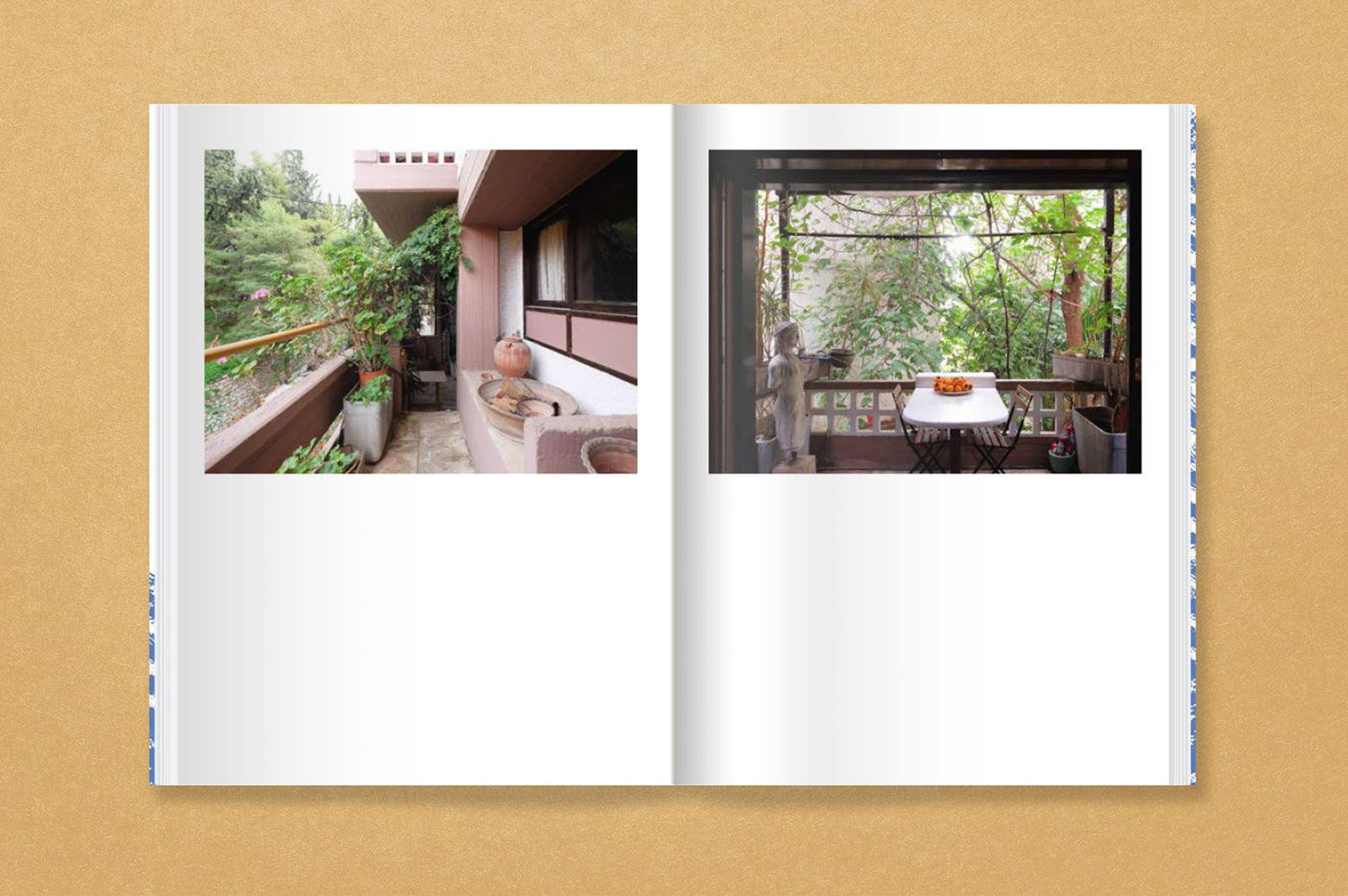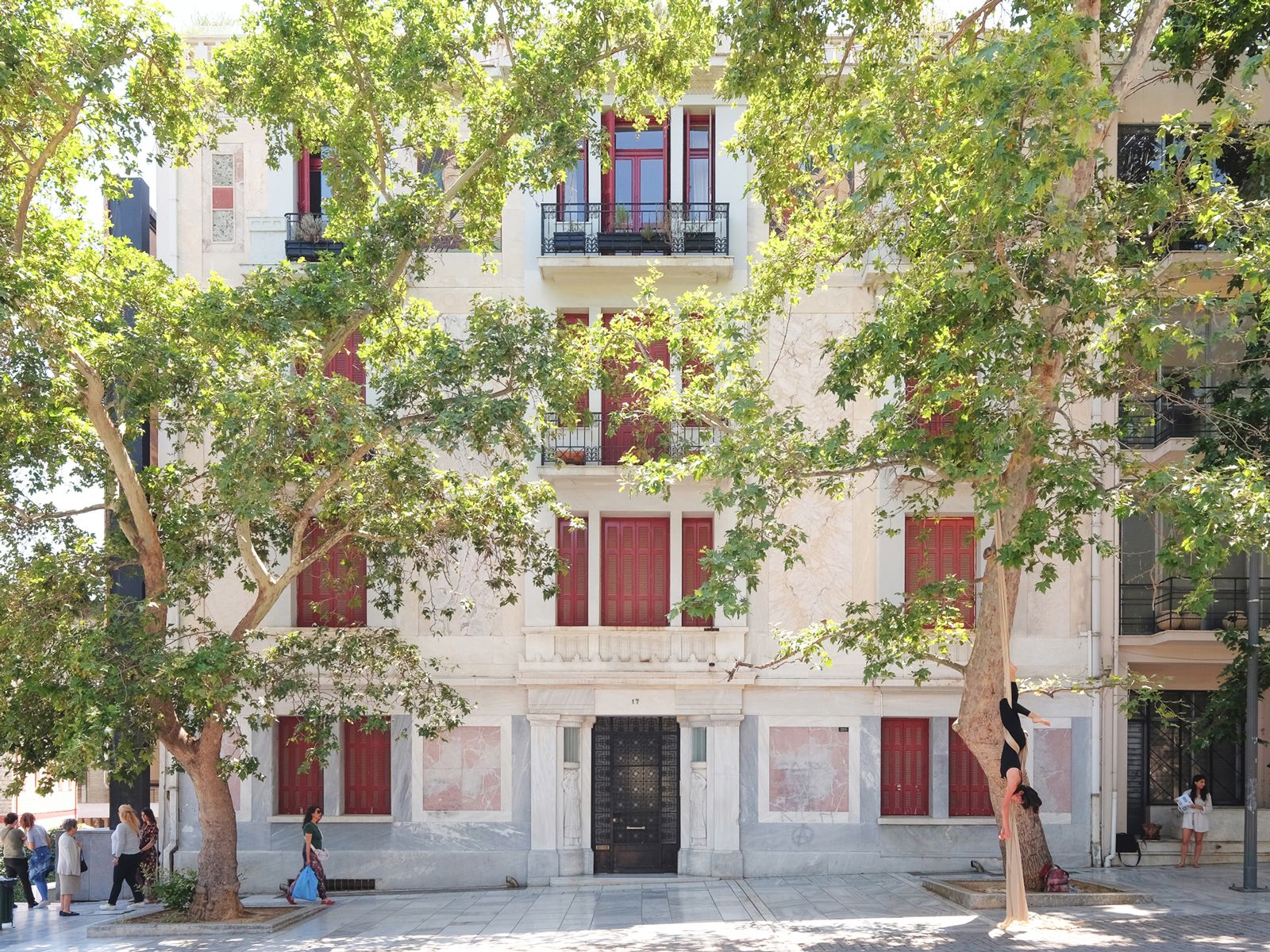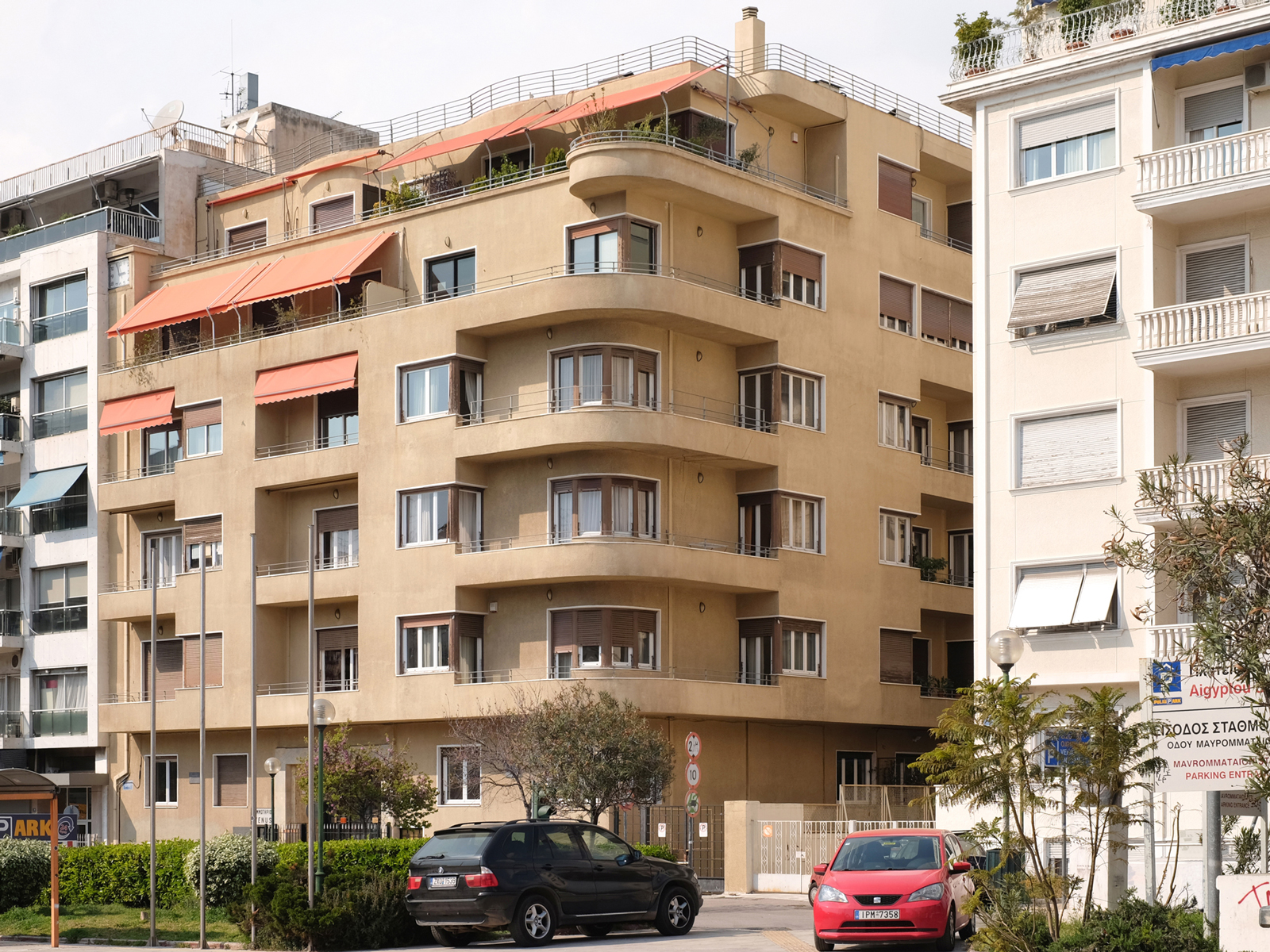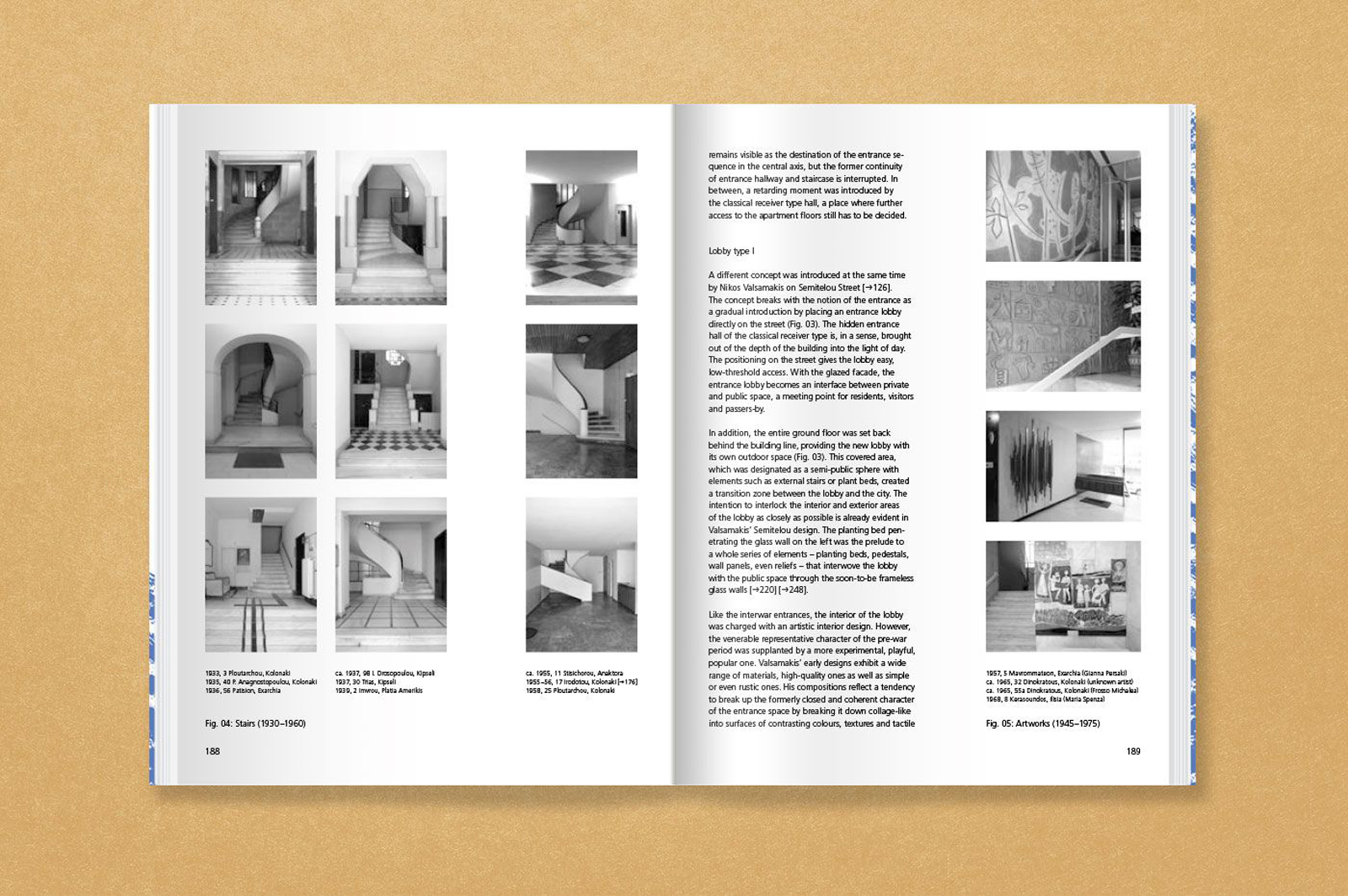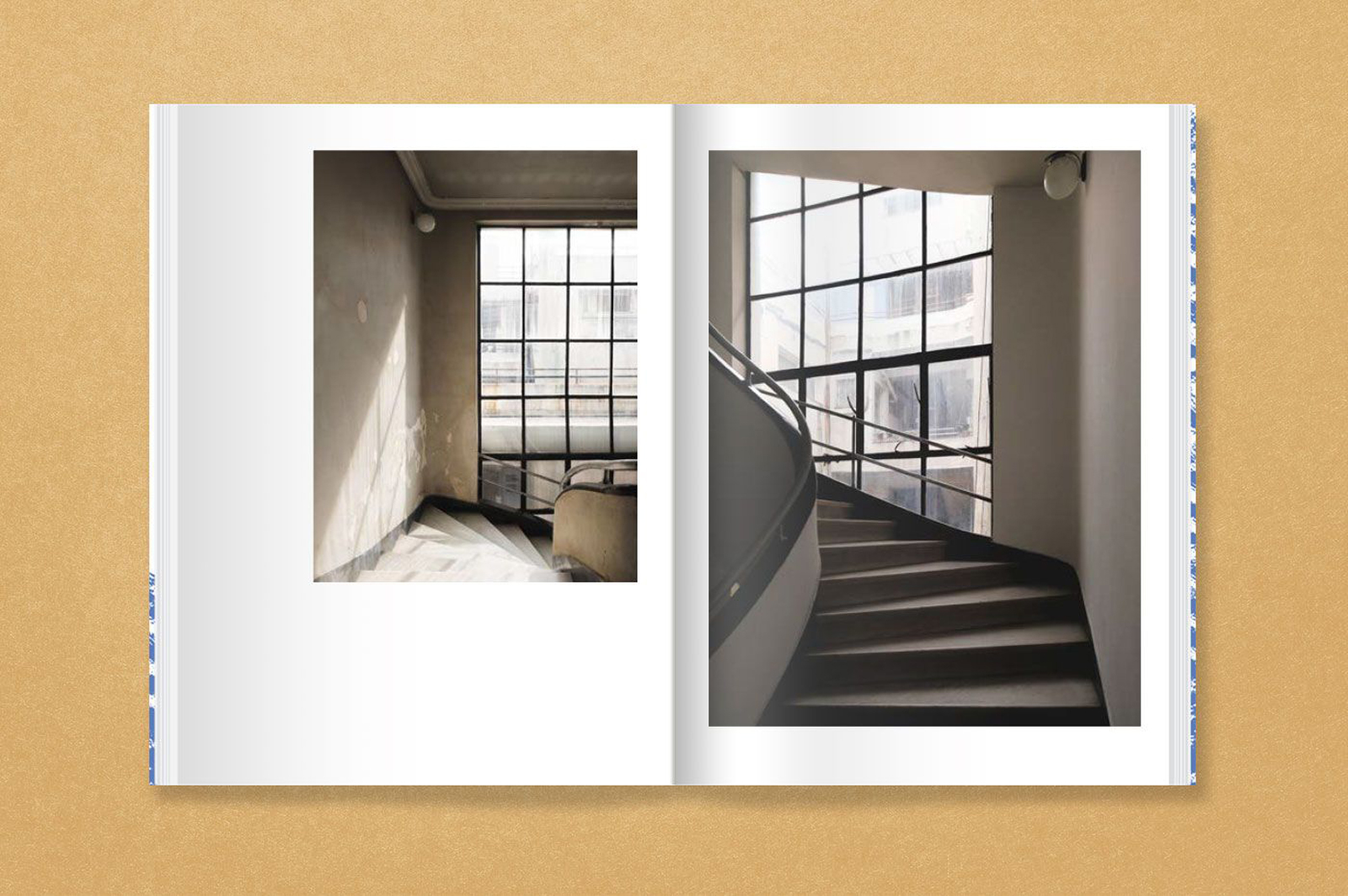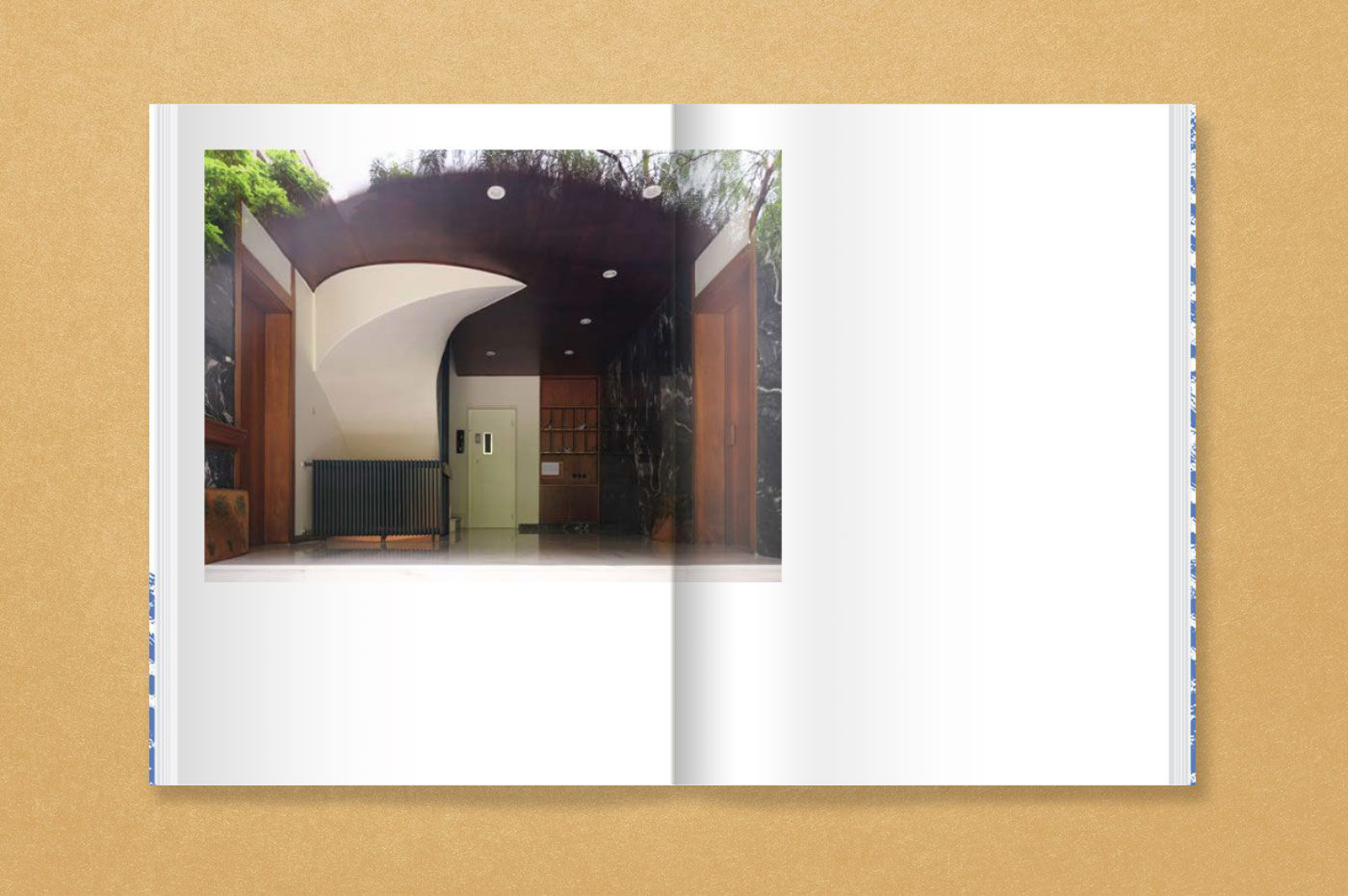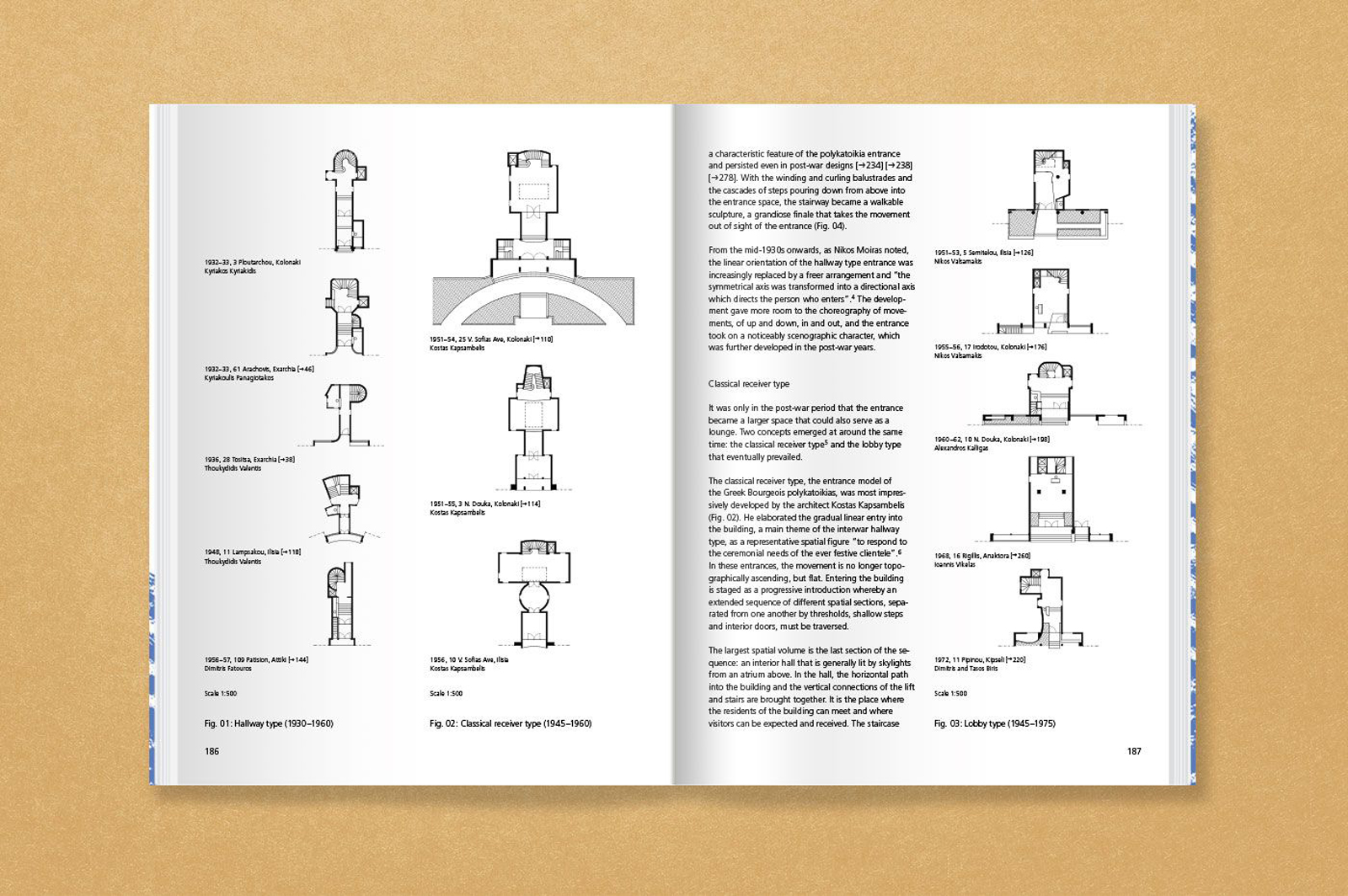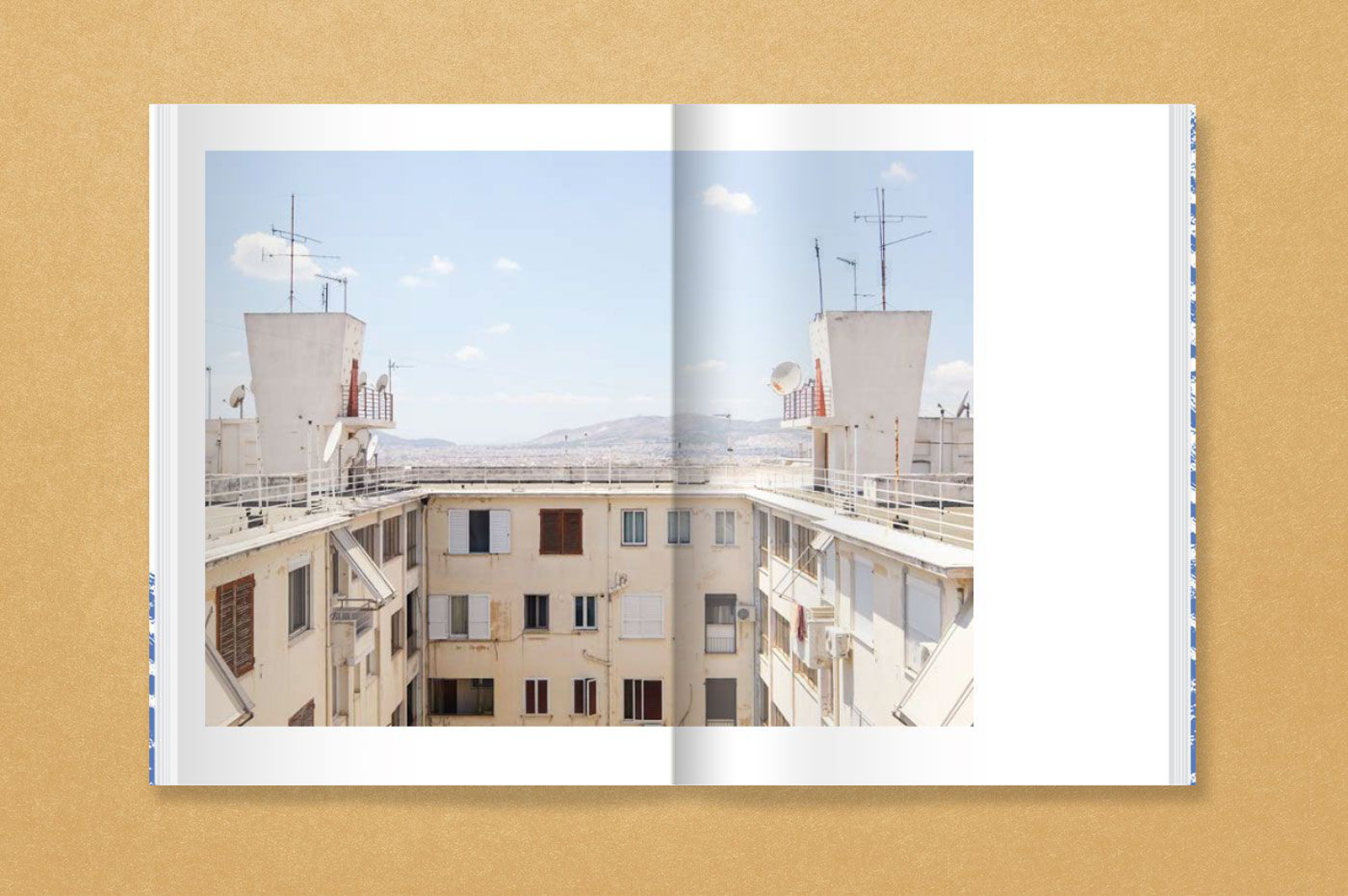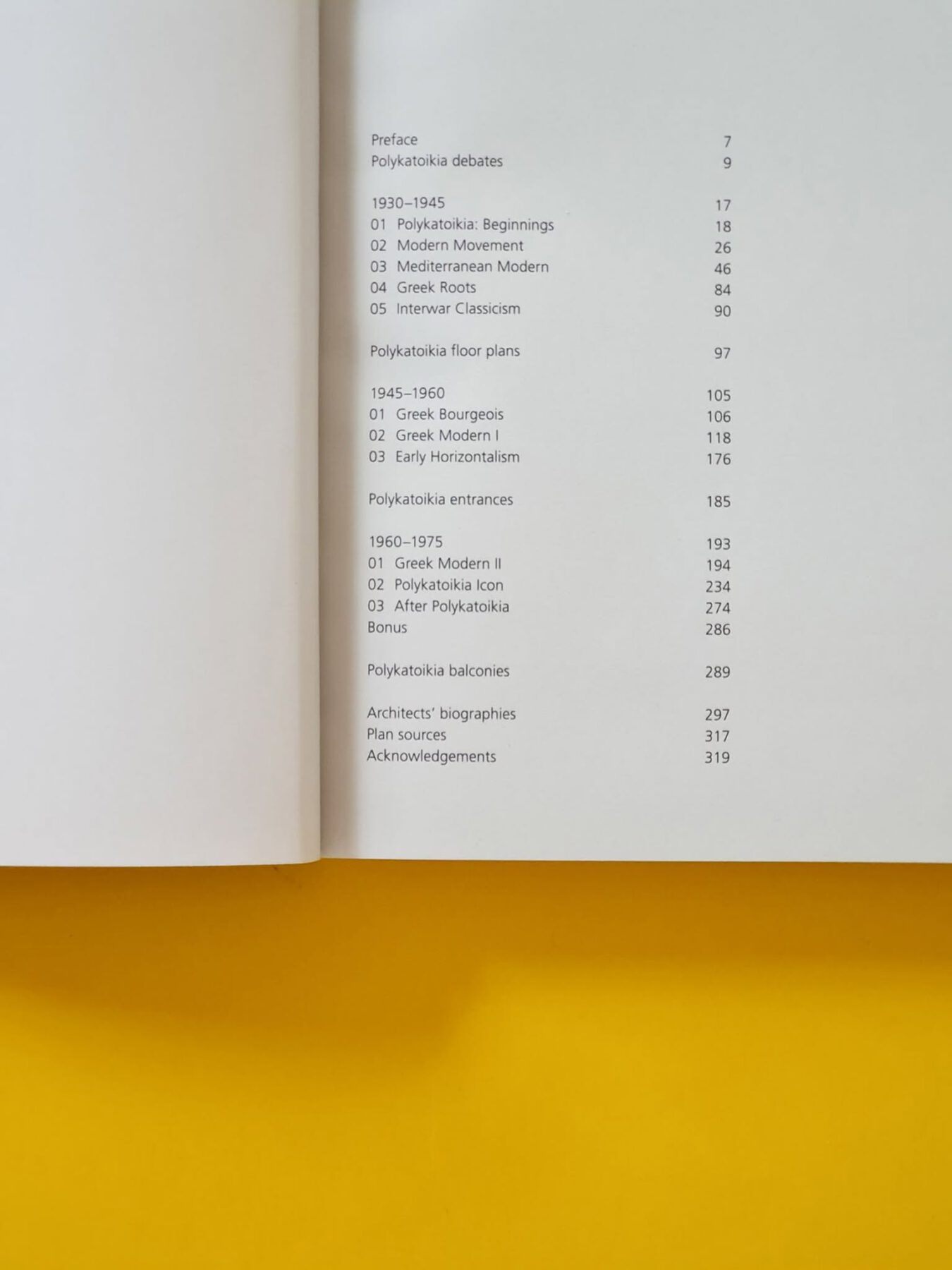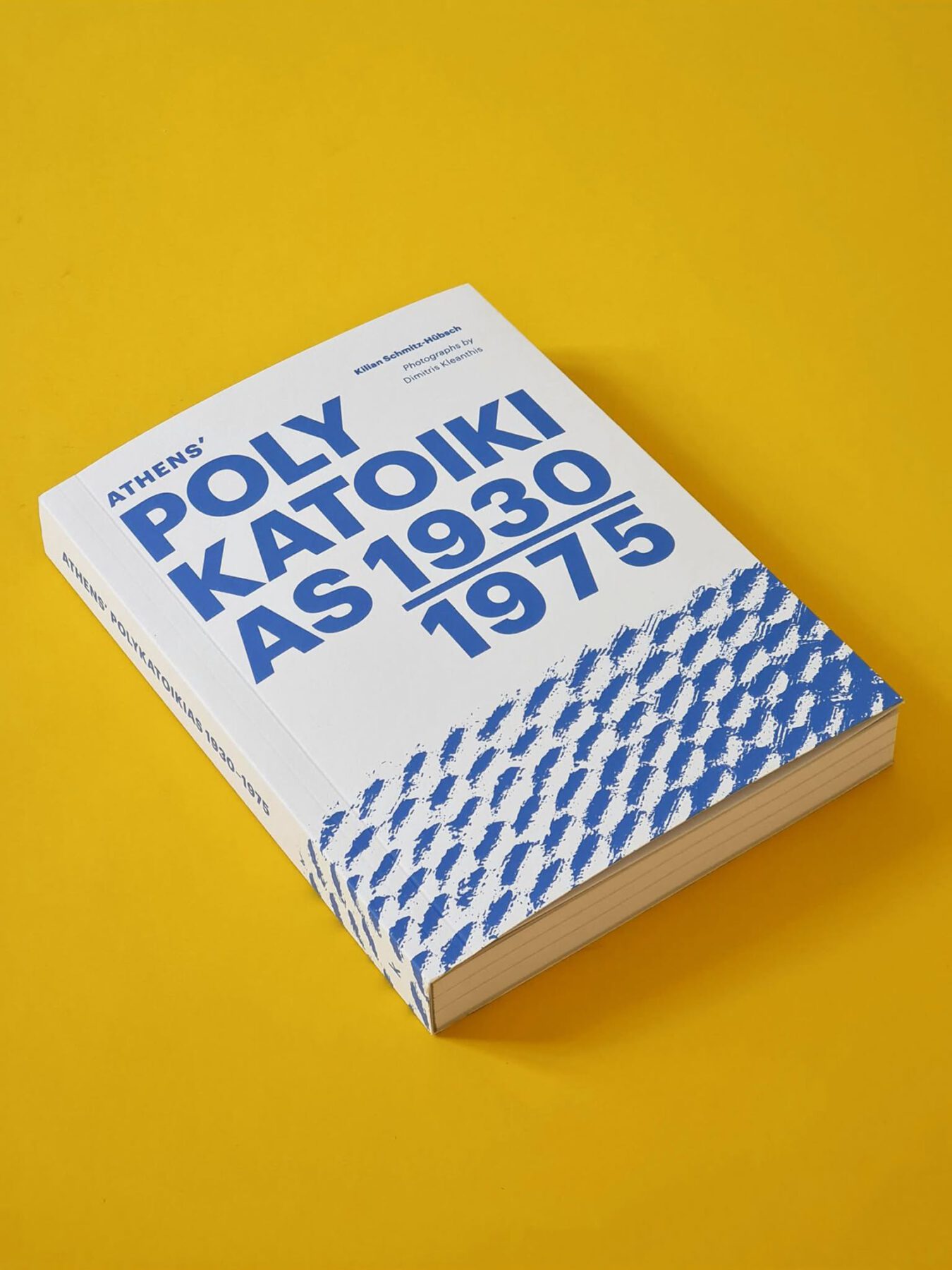The book ‘Athens’ Polykatoikias 1930-1975’, edited by Kilian Schmitz-Hübsch with photographs by Dimitris Kleanthis, features the building type of the “polykatoikia” as an integral part of the urban architectural heritage of the city of Athens, in which ideas and visions for life and coexistence in the city are reflected.
Contemporary Athens is characterized by a building type that transformed the Greek capital into a modern metropolis within a few decades in the 20th century: the polykatoikia, a small-scale urban apartment block.
For almost forty years the unchallenged residential ideal for all social classes, the polykatoikia by the end of the century had become synonymous with the rushed mass production of the postwar period and inhospitable living conditions in the inner city.
The question now is: what potential does this omnipresent building type have? And how can it be developed further?
This book sets out to trace the architectural origins of this typology.
For the first time, it provides a comprehensive examination of the architectural concepts developed by Greek architects for the polykatoikia. 76 innovative apartment buildings dating from 1930 to 1975 are presented with up-to-date photographs, redrawn floor plans, and brief explanatory texts.
The selection reveals an astonishing range of concepts, including designs by Dimitris Pikionis, Aris Konstantinidis, Constantine Doxiadis, and George Candilis.
In chronological order, the publication depicts the emergence of this architectural type, from the 1930s polykatoikias of the Modern Movement and the early postwar experiments to the iconic polykatoikias of the 1960s.
Additional texts explore the evolution of the key architectural features of the polykatoikias and reflect on architects’ ongoing struggles over this housing model.
Facts & Credits
Title Athens’ Polykatoikias 1930-1975
Editions Verlag Katter
Book Format 16 × 22 cm
Edited by Kilian Schmitz-Hübsch
Photographs by Dimitris Kleanthis
Learn more about the exhibition ‘Athens’ Polykatoikias 1930-1975. Formation of a Typology’ at Goethe-Institut Athens, here!
READ ALSO: Συγκατοικώντας τα Κενά: Φοιτητικός & Νεανικός Συνεργατικός Διαγωνισμός | Παρουσίαση αποτελεσμάτων την Πέμπτη 14 Φεβρουαρίου 2025, 18:00 στη Σχολή Αρχιτεκτονικής του ΕΜΠ
